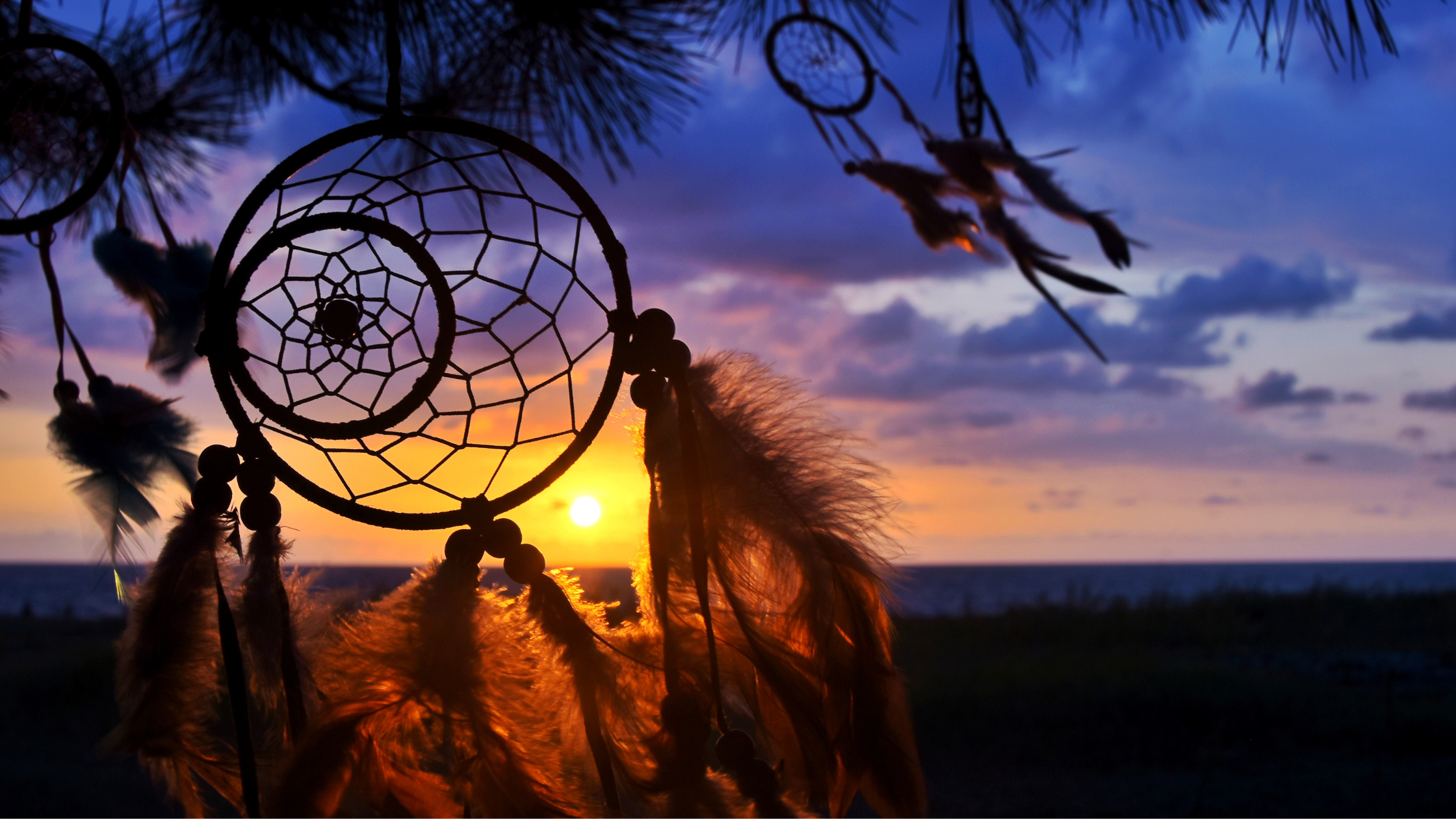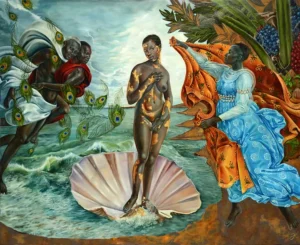So what is wild? What is wilderness? What are dreams but an internal wilderness and what is desire but a wildness of the soul?
― Louise Erdrich
AJNA THIRD EYE CHAKRA: CAPTURE YOUR WILDEST DREAMS
THE SIXTH IN OUR SEVEN CHAKRA SERIES
Working with the Ajna Chakra aligns you with your dreams, insights, and intuition and can give you some new ways to capture your wildest dreams. Our earliest archaeological records reveal the enthusiasm our ancestors shared for the interpretation of dreams. Sharing dreams was encouraged as the dreamer might be gifted with a song to lift the spirits or an idea to benefit the collective. We see evidence in totems and rock art the world over and detailed books of dream interpretations dating back over 4000 years.
In the Ojibwe/Chippewa tradition, protective charms of stone, painted cloth, weavings, or beadwork are created signifying both the dream and its significance to the dreamer. Legend tells us that as the nation grew the Spider Goddess, Asibikaashi, could not spin enough web to protect the cradles of all the children who could not yet articulate their dreams. So, grandmothers wove little webs called dreamcatchers to attach to their cradleboards. These are full of symbolism with eight points of sinew representing the Spider Goddess, rounded willow for the sun’s journey, and feathers for the breath of life. They are made of temporary materials and are meant to fall apart when the child outgrows the cradle. The Lakota believed that catching your dreams was the first step to following your destiny.
Jung’s Psychology tells us that dreams link the conscious and unconscious mind allowing us to see different ways of understanding ourselves and our challenges. In modern times, we find dreams credited with wild leaps of insight and intuition leading to inventions from the sewing machine to Google, visions from Watson’s double helix of DNA to Einstein’s theory of relativity, creations of story worlds from Shelley’s Frankenstein to Meyer’s Twilight, and artistic expressions from Dali’s surreal paintings to the Beatle’s Yesterday.
Here are some ways to help you work with your dreams to change your life for the better:
4 ways to help you capture your wildest dreams
- Detail it: First thing when you wake before you open your eyes, scan your consciousness for your dream details. Then articulate it in the present tense, “I am…” and capture as many details as you can.
- Record it: Use voice or text on your phone, write in a journal, or share it with a housemate. By articulating your dream you ingrain it in your consciousness. Consider every detail as holding symbolism for you from your subconscious self.
- Define it: It’s said there are 3 types of dreams 1) Mild – simple dreams that help us decompress or unwind from our day 2) Wild – dreams that are emotionally charged may be trying to tackle a bigger issue we are facing 3) Wildest – alternative reality dreams that feel real may be offering us a whole new perspective on life.
- Recreate it: If it feels significant get creative, make an abstract drawing or collage, or write a poem or song.
Note: If you are interested in purchasing a dreamcatcher for yourself or a gift, please seek out ones that are Native-American-made.




